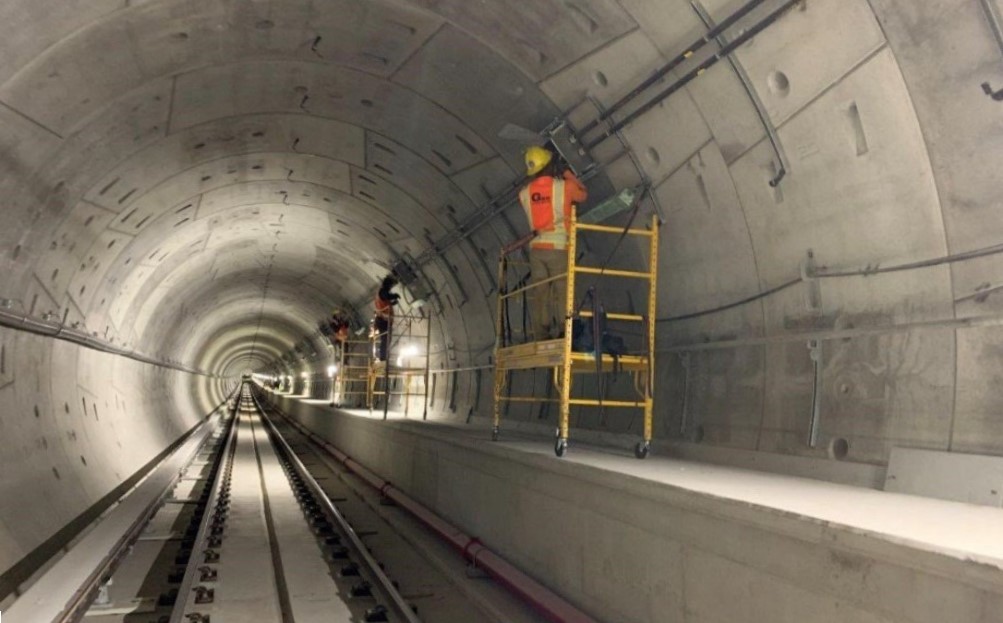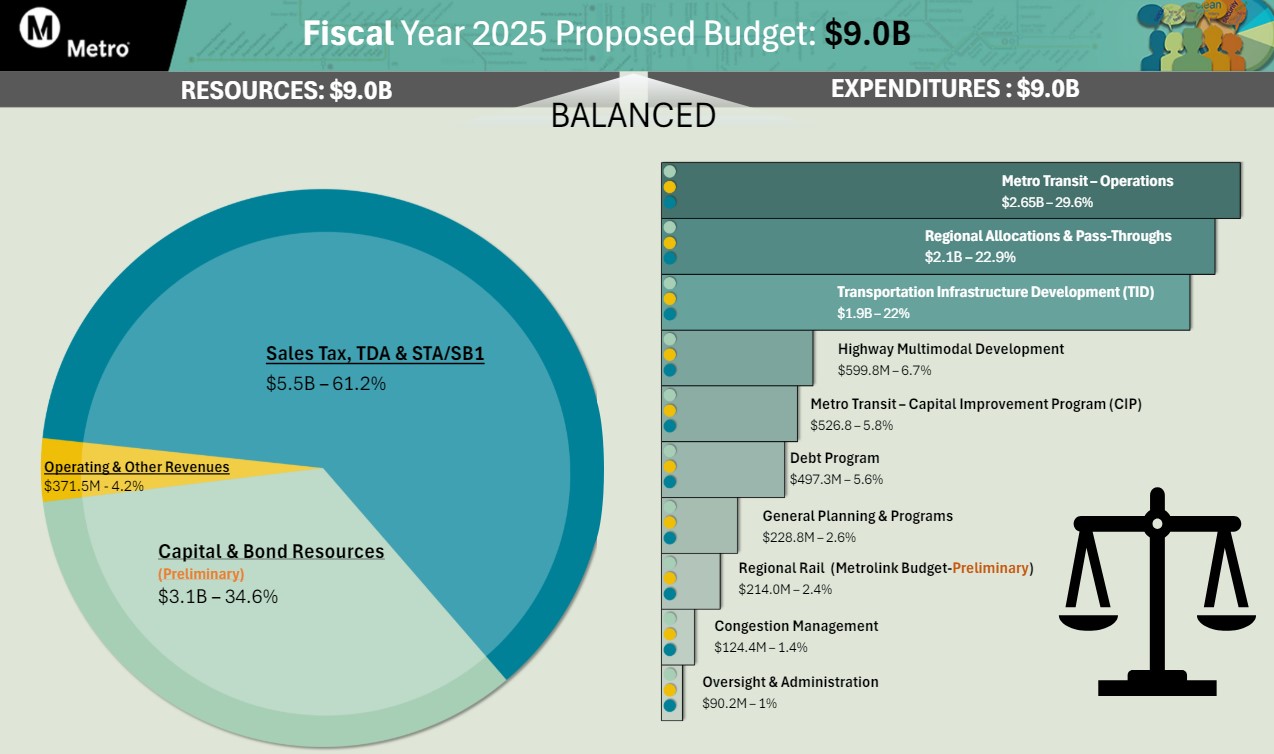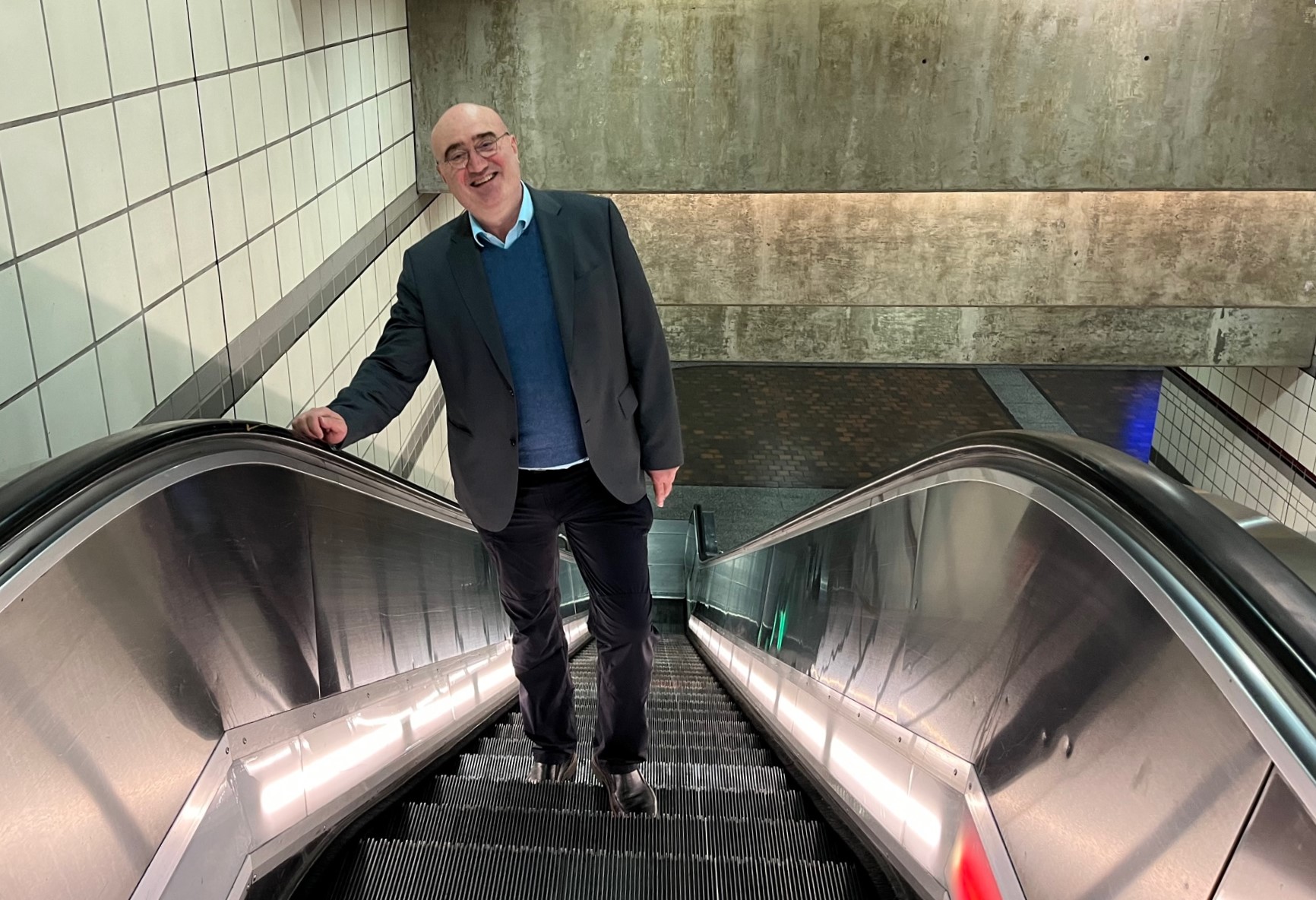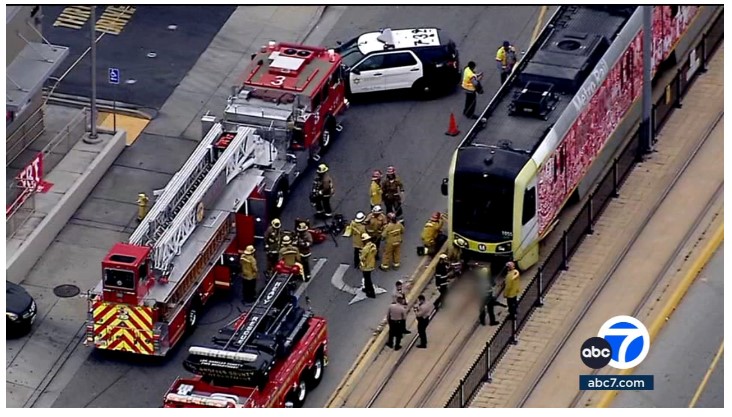A new federal grant program will fund major safety and transit projects that have been at the top of sustainable transportation advocates' wishlists for years ... along with plenty of business-as-usual highway expansion projects that could negate those mega-gains.
Last week, the Biden administration announced the nine recipients of the first-ever National Infrastructure Project Assistance grants — known colloquially as "Mega" grants — which were created under the Infrastructure Investment and Jobs Act to fund big projects that "are too large or complex for traditional funding programs" and that struggle to be funded at the state and local level.

Happily, that list includes a $78-million grant to speed the long-overdue redesign of Philadelphia's infamous Roosevelt Boulevard, a 12-lane arterial that walkability expert Angie Schmitt once dubbed the "Boulevard of Death." Between 2012 and 2021, a staggering 49 pedestrians and 70 other road users died, including Samara Banks and three of her four young children, whose deaths in a horrifying 2013 crash have become a rallying cry for Vision Zero advocates. The project will upgrade facilities for walkers and bikers, create new transit lanes, and more.
"To see it targeted for this type of award sends a great signal that other cities should be applying for mega grants with their big visions to make these typical, over-wide arterials safer," said Ben Crowther of America Walks.
Advocates also applauded the inclusion of several major transit projects on the list, including $292 for a rail tunnel underneath the Hudson River in New York, a $117 million transit project in Chicago, and $30 million in bus improvements and multimodal investments in Santa Cruz.
Other mega-grant decisions, though, appeared to be based at least partially on the idea that adding travel lanes will reduce congestion and thus vehicle emissions — a mega-myth that generations of scholars say isn't true, because new capacity does little more than entice new drivers to clog roads up again.

Pete Buttigieg's Department of Transportation claims, for instance, that a $60-million highway project in Mississippi will "improve overall energy efficiency and result in a reduction in pollution and noise" by widening the road from four lanes to six; an $85-million highway-widening in Oklahoma, meanwhile, will supposedly "reduce over 125,000 tons of carbon dioxide emissions in the next 25 years due to reduced congestion" — a claim that does not take into account the well-documented phenomenon of induced demand.
Crowther, though, has his doubts that these mega projects will be the exception to the rule.
"We know from independent research that there’s actually a low correlation between congestion and emissions, and a high correlation between vehicle miles traveled and high emissions," he adds. "Seeing that enshrined as a primary reason why US DOT picked some of these projects really stands against a lot of the climate goals that the Biden administration supports."
The agency also awarded $250 million to the Brent Spence Bridge, which will be constructed alongside an existing bridge with the express aim of reducing truck bottlenecks. The U.S. Public Interest Research Group recently named the bridge project one of the biggest highway boondoggles in the nation. (With the grant, presumably, it becomes even bigger a boondoggle.)
"People aren’t against repairing the bridge; they want it repaired in a way that doesn’t cause more harm," said Crowther. "But it could have been a Reconnecting Communities project if Ohio DOT and the Kentucky Transportation Cabinet wanted to be creative about it. But instead, they appear to be moving forward in a very business-as-usual kind of way."
Crowther is disappointed that the Biden administration appears to have ignored its own advice to states to prioritize road repair over adding new lane miles when it made its Mega grant decisions, but he isn't surprised — nor is he giving up.
"There’s just such a large financial incentive to push these types of projects," he added. "What we need to shift that mentality is more people pushing from the opposite direction, creating such intense demand for other types of projects that USDOT has no choice but to respond."
We reached out to the U.S. DOT for comment, but the agency did not get back to us.





